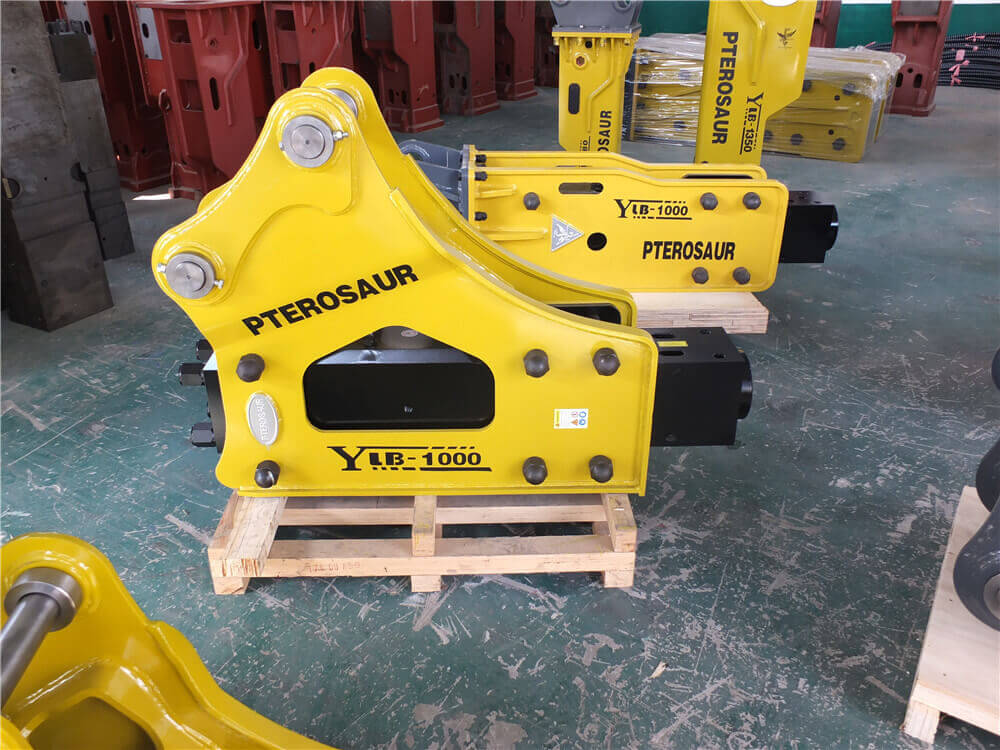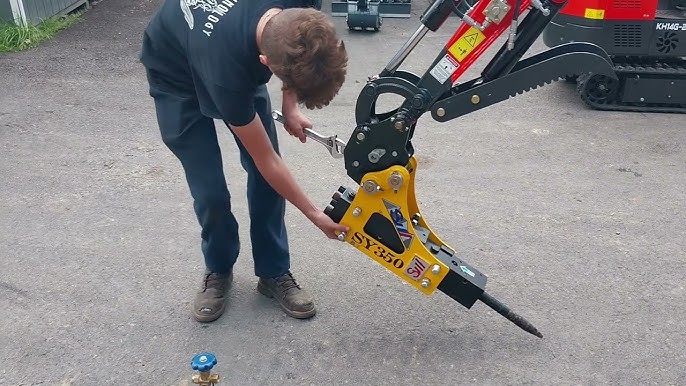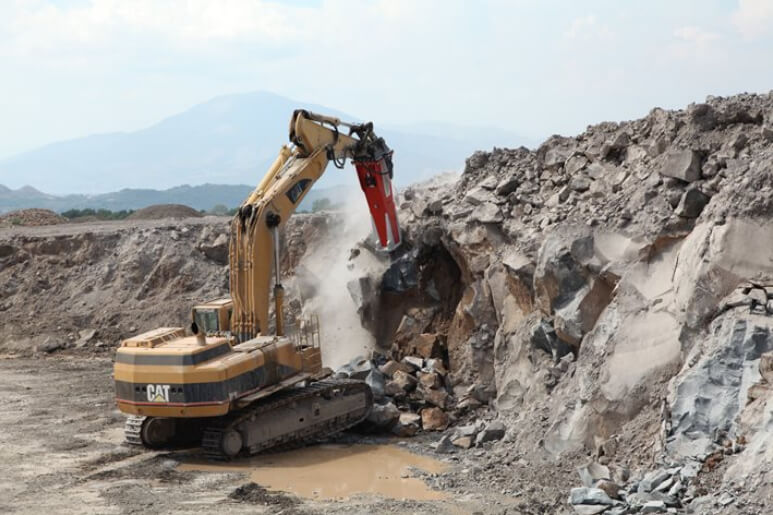The Global Hydraulic Breaker Market: Trends, Growth, and Future Projections
Introduction
The hydraulic breaker market is a vital segment of the construction equipment industry, playing a crucial role in demolition and excavation activities. As urban development and infrastructure projects continue to rise, the demand for efficient and powerful hydraulic breakers is expected to grow significantly. This article delves into the current market size, trends, growth forecasts, and competitive landscape of the global hydraulic breaker market.
Market Overview
According to various industry reports, the global hydraulic breaker market was valued at approximately USD 2 billion in 2024 and is projected to reach about USD 3.8 billion by 2033, growing at a compound annual growth rate (CAGR) of 5.6% during the forecast period from 2024 to 2033. Other estimates suggest that the market could grow to USD 4.71 billion by 2030, reflecting a CAGR of 6.23%.
The hydraulic breaker is a powerful construction machine, typically fitted to excavators, designed for demolishing hard rocks and structures. Its efficiency in breaking materials has made it a preferred choice in various construction and demolition scenarios.
Key Drivers of Market Growth
Several factors are driving the growth of the hydraulic breaker market:
-
Urbanization and Infrastructure Development: Rapid urbanization and the need for infrastructure development across emerging economies are increasing the demand for hydraulic breakers. Projects such as road construction, bridge building, and residential developments require robust demolition equipment.
-
Technological Advancements: Innovations in hydraulic breaker technology, including improvements in power, durability, and energy efficiency, are attracting more users. Manufacturers are focusing on product innovation to enhance performance and reduce operational costs.
-
Rising Construction Activities: With a surge in construction activities globally, especially in Asia-Pacific, the demand for hydraulic breakers is expected to rise. Countries like China and India are leading in construction growth, contributing significantly to market expansion.
-
Strategic Partnerships and Mergers: Key players in the hydraulic breaker market are engaging in strategic partnerships, mergers, and acquisitions to enhance their market presence and product offerings. This competitive landscape is fostering innovation and improving service delivery.
Competitive Landscape
The hydraulic breaker market is highly competitive, with numerous manufacturers and suppliers. Major players include Furukawa, Atlas Copco, and Promove Demolition, among others. These companies are focusing on building a diverse portfolio of products to meet various customer needs. They are also investing in research and development to enhance the performance and reliability of their hydraulic breakers.
Regional Insights
Geographically, the hydraulic breaker market is segmented into North America, Europe, Asia-Pacific, Latin America, and the Middle East & Africa. The Asia-Pacific region is expected to witness the highest growth due to increasing construction activities and urbanization. Meanwhile, Europe and North America are also significant markets, driven by established infrastructure and ongoing renovation projects.
Future Outlook
The global hydraulic breaker market is poised for substantial growth in the coming years. With the projected market size reaching USD 4.23 billion by 2032, stakeholders can expect continued innovations and enhancements in hydraulic breaker technology. The emphasis on sustainability and efficiency will likely shape the future of this market, as manufacturers strive to meet evolving customer demands.
Conclusion
In conclusion, the global hydraulic breaker market is on a robust growth trajectory, fueled by urbanization, technological advancements, and increasing construction activities. As the market evolves, stakeholders must stay abreast of trends and developments to capitalize on the opportunities presented by this dynamic industry. Whether for demolition or excavation, hydraulic breakers will continue to be indispensable tools in modern construction practices.






































